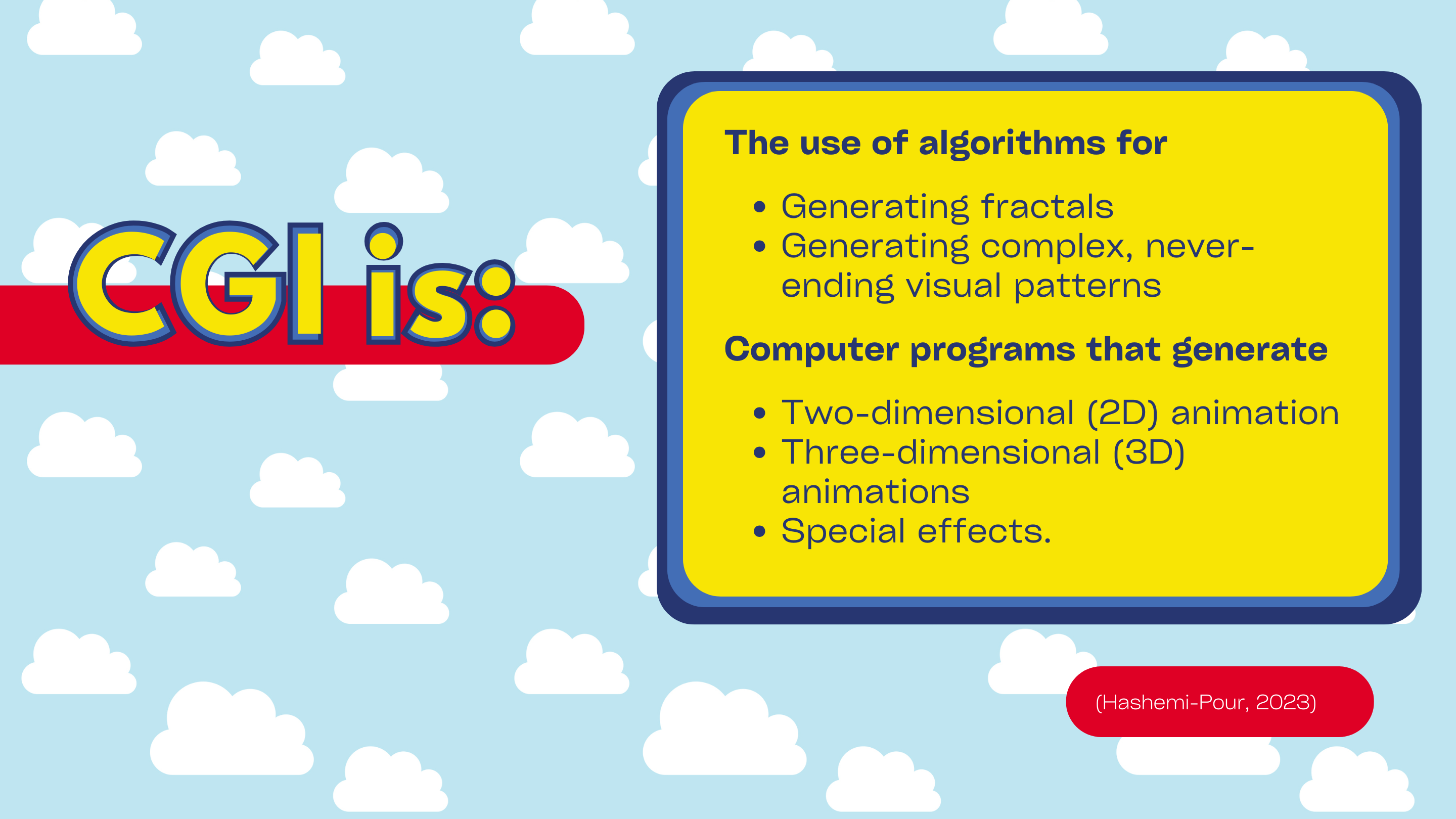
Toy Story 1995 was the first feature film released to use only computer-generated imagery, CGI. Pixar continued to follow this format with their subsequent films like A Bug’s Life, Finding Nemo, The Incredibles and so on.
What is computer-generated imagery (CGI)?
“Computer-generated imagery (CGI) is the creation of still or animated visual content using imaging software.” (Hashemi-Pour, 2023).
In the 1990s, CGI software surfaced as a crucial tool and has developed ever since (Hashemi-Pour, 2023). Today, these software programs are utilized in a wide range of non-entertainment industries, including advertising, special effects in movies, and graphics in video games. Another example of a 3D model is for Architectural models which can be quite precise and detailed.
Take a closer look at our Woody 3D model. Is he a type of CGI? We (the authors of this edition) generated this model via the computer software Agisoft Metashape and the images we took. Though Metashape's output can be utilized in CGI workflows, its main function is photogrammetry, meaning that it creates accurate 3D models.

Both live-action and animated films can use CGI, which frequently takes the place of traditional approaches. Other traditional techniques of animation that are not computer-generated imagery (CGI) include (Hashemi-Pour, 2023):
- Hand-drawn cartoons
- Frame-by-frame
- Stop-motion technique
This video shows how they worked on the character animation of Woody.
For Toy Story, Pixar set itself apart from the widely accepted traditional style using exclusively computer-generated imagery. Disney, for instance, was well-known for employing traditional 2D animation, where each frame is composed of individually hand-drawn cels (Wise, 2014).
Because of its groundbreaking use of computer-generated animation, Toy Story has had a major impact on the film business. Following its release, several industries showed interest in the technology employed in the movie (Lasseter et al., 2010).